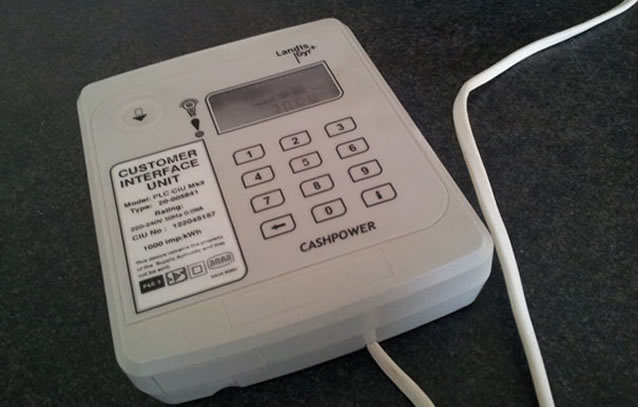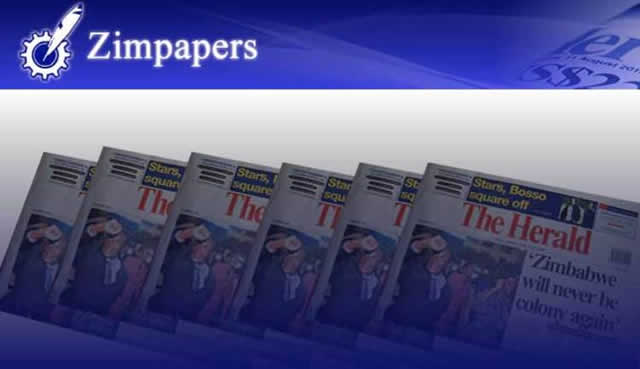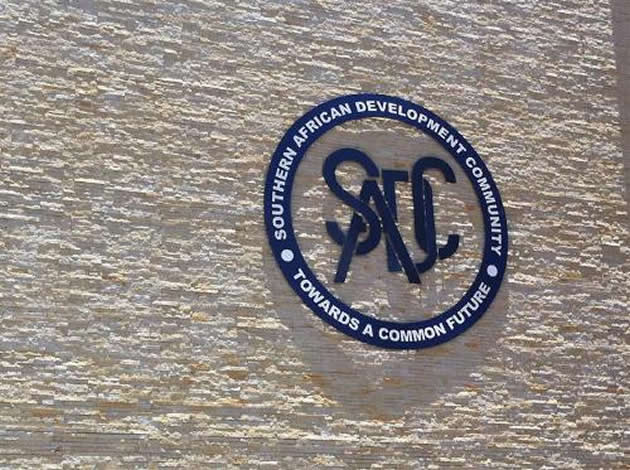Smart meters earmarked for heavy industries

 Business Reporter
Business Reporter
THE Zimbabwe Electricity Transmission and Distribution Company has said the 60 000 smart meters will only be used by heavy energy users as part of demand side management of power.ZETDC managing director Engineer Julian Chinembiri said yesterday that smart meters were earmarked for heavy energy users because they show energy use patterns for consumption monitoring and control.
Demand side management of power consumption in Zimbabwe is important in the face of crippling power shortages due to constrained generation.
The country has capacity to generate an average of 1 100MW against requirement of about 2 200MW at peak periods of demand.
As if the generation deficit is not debilitating enough, an estimated 16 percent of the power sold to ZETDC by Zimbabwe Power Company is lost through technical and non-technical faults right to the point of consumption.
“It is demand side management, smart meters show consumption patterns. It is from the large users where we derive more benefits. When using a lot of power, you can devise demand side management as a company.”
Engineer Chinembiri said that the intelligent metering system enabled industrial users to identify machinery unnecessarily consuming too much power, allowing heavy consumers flexibility to switch off such machinery.
He said industry accounted for 60 percent of ZETDC’s revenue from the sales of electricity while domestic users accounted for 40 percent, an indication that energy consumption is skewed towards industrial consumers.
The ZEDTC managing director said in the face of the crippling shortages and need for efficient use of electricity, the utility was mulling an intervention known as the time of use tariff, which has high and low rates.
For instance, such a system might entail lower tariffs during the night when there are less users compared to daytime when demand is very high.
Eng Chinembiri, however, said this intervention was still in early stages.
The utility used to have variable tariff system for heavy consumers of power, under which such consumers were levied higher tariff for high levels of usage, but the system has since been discontinued, Eng Chinembiri said.
ZETDC is targeting to install 800 000 prepaid and smart meters during the course of the Zimbabwe Agenda for Sustainable Socio-economic Transformation, Government’s foremost economic blueprint for 2014/18.
About 500 000 prepaid meters have already been installed countrywide while an additional 150 000 have been put to tender as the transmission and distribution utility chases targets under the Zim-Asset programme.
Zimbabwe has had to come up with ways to manage its crippling power shortage because it has not invested in significant new power generation in close to two decades while some of the old plants have exceeded the lifespan.
Shortages are managed through rolling power cuts and imports; crisis management, which however has had serious negative impact on domestic consumption, industrial production and ultimately economic recovery.
Government has since lined up a number of mega power projects including expansion of Kariba South for an additional 300MW, Hwange for 600MW.
Work has already started on Kariba South and Hwange while a number of other projects including Batoka Gorge, Lupane Gas, Gwanda solar, in the pipeline, but with a lot of contractual and funding issues still to be concluded.









Comments